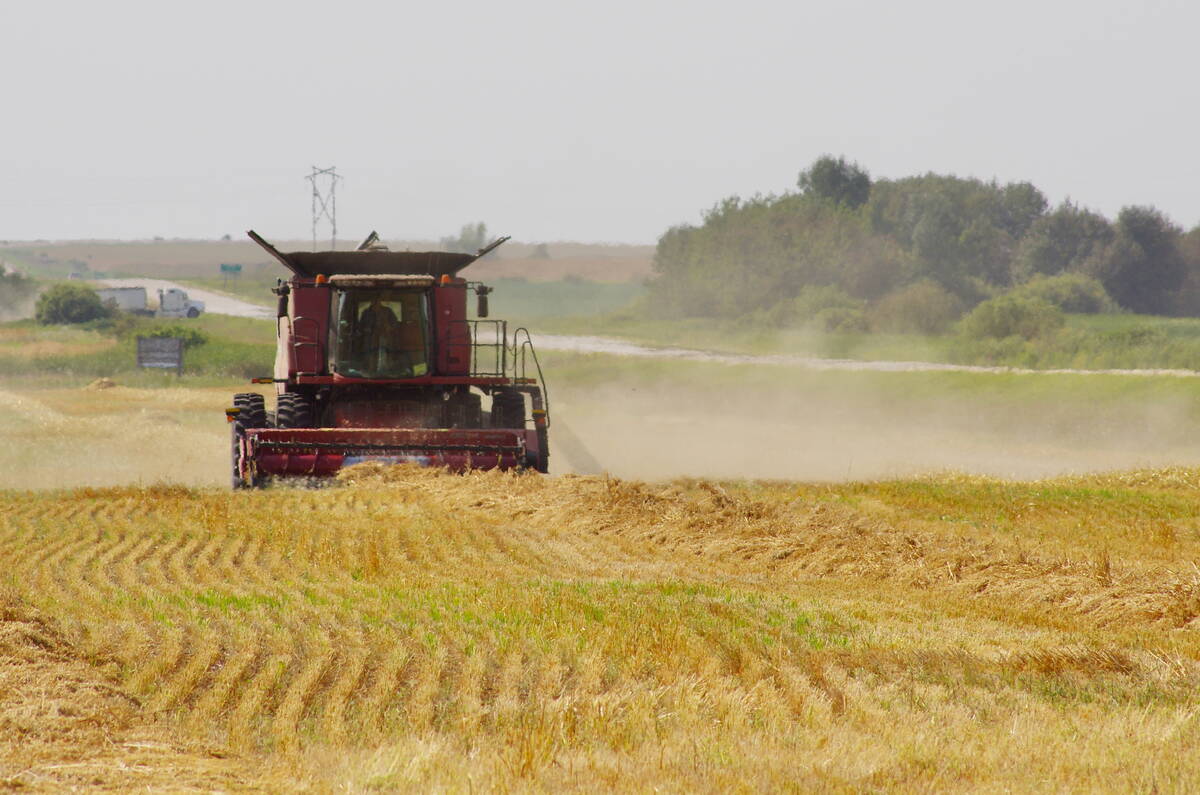Increased lygus bug pressure in Saskatchewan fababean crops could be a sign of things to come.
Lygus is a significant concern in fababeans because the damage they inflict on the seed causes it to be downgraded from food grade to feed stock, said Sean Prager, an entomologist at the University of Saskatchewan.
Prager heads a lygus survey that examined 12 quarter sections in 2021. Ninety percent of fields had the pest and the most densely infested fields had more than five times the number of lygus compared to the most infested fields in 2020.
Read Also

Herbicide resistance sprouts in Manitoba’s wild oats
Farmers across Manitoba this fall are gearing up for the latest salvo in what, for many, has become a longtime battle to beat out wild oats.
Problem spots for the pest in Saskatchewan tend to be in the area around Tisdale.
“That’s always the place that has the most of it, year in and year out and we’ve been doing this for several years now,” Prager said.
Last year “was a very high year and people are already seeing a lot of lygus this year, so if that holds, I would expect there’s going to be a lot. But the caveat is we think they’re only a problem at the very end of the growing season, relatively speaking. So, there is a full summer to alter those population dynamics.”
He said it is still unknown why lygus seems to like the Tisdale region. Like aphids, they tend to like warm weather because they like green plants.
“The warmer it is, within reason, the more generations you’ll get, the faster they will grow, and the more lygus you’ll have,” Prager said.
What exactly drives lygus bug population dynamics in Saskatchewan is largely a mystery. Prager has expanded his study of the pest to better understand lygus patterns and to help establish some best management practices for its control in fababeans.
He said lygus do not particularly like eating fababeans but they’ll go after it once their preferred plants begin to peter out. It’s important to know if lygus in a canola crop is a problem for nearby fababean crops later in the growing season.
“They’re moving from say alfalfa, canola or things that might be preferable onto what’s green. That’s the theory, so part of the project is to try to determine if that’s the case and actually determine whether or not there’s a series of preferences.”
Prager is also trying to understand how many lygus bugs need to be present before they cause a problem.
“Hopefully in the end we’ll know how many insects you need to have before you cause damage, how long they need to feed for, and whether or not the things in the field adjacent, that is in other crops near your faba, are predictive of how many problems you’re going to have in your faba.”
Prager said once they better understand the pest, they will develop management strategies.
“Say we find out that 500 per sweep net sample in canola is the number that correlates to sort of the number which you get damage in faba. Well, then you can spray your canola ahead of time to keep that number down and perhaps you’ll not have a problem.”
Another strategy that may work to prevent lygus damage in fababeans is to use a trap crop to draw pests away from cash crops.
“This assumes that we found that they like something more than faba. So, you could say late plant some extra canola or have some alfalfa not as a crop, but as a preferable feed thing for the lygus,” Prager said.
Growers could plant a trap-crop strip along the outside of the field and then spray it when it fills up with lygus, or just leave it if they are leaving the fababeans alone.
A reason lygus bugs are difficult to manage is they typically only cause significant economic damage to a crop when the plants have pods.
“You really are only worried about this several-week-long period during which they’re actually pods on which the insects can feed. We don’t even know if the stage of pod makes a difference,” Prager said. “That’s another thing we’re going to try to figure out.”
The pods on the fababean plant come from its flowers and pollination is important to increase yield. This limits control options.
“Spraying is very difficult because you’ve got to do it in a way that doesn’t harm the pollinators and it’s also timed such that you kill the lygus before they damage your pods but also within the appropriate windows for spraying on something that you’re going to feed to people,” Prager said.
“We don’t really have a threshold yet because the threshold is very specific to the podding.”
He said there aren’t any products licensed for lygus in fababeans at this time but there are chemistries around that should work once their labels allows it.


















